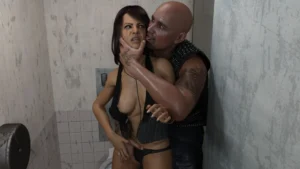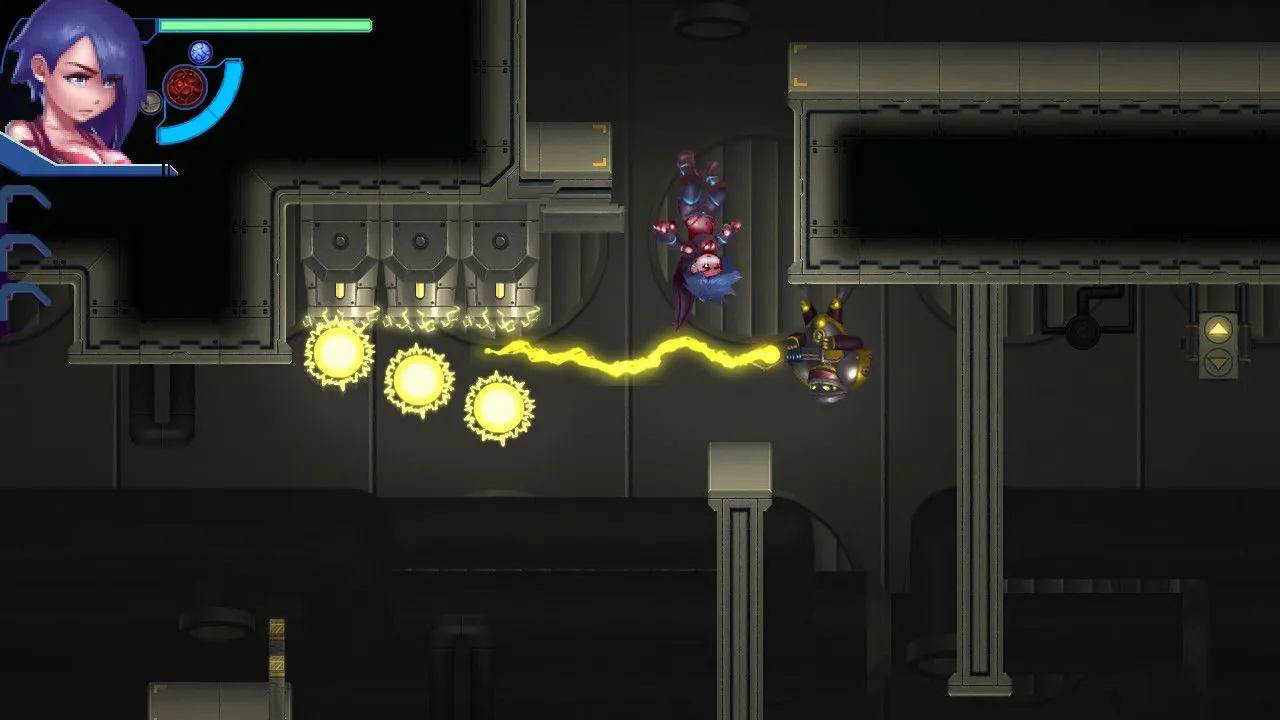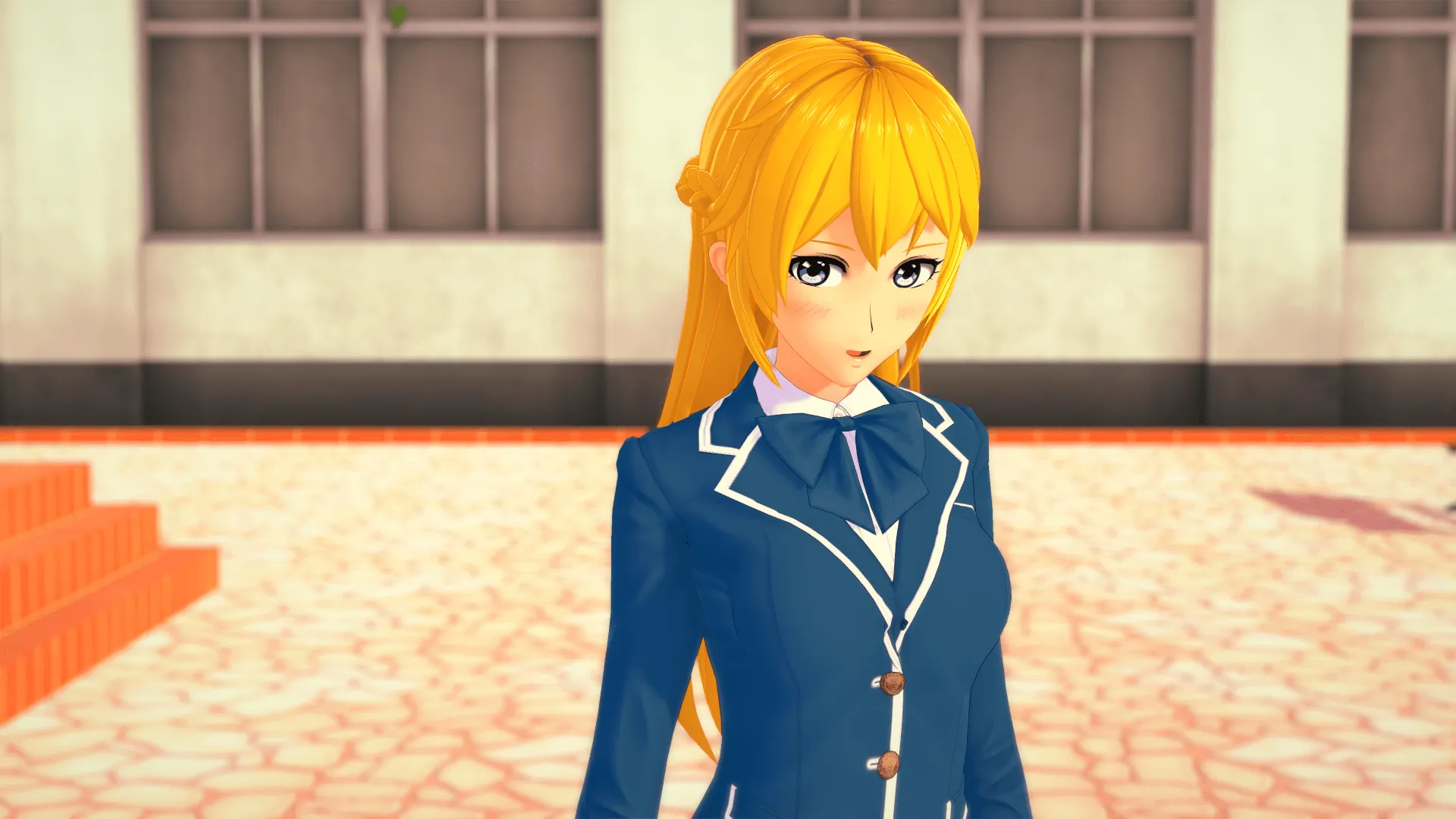
Halfway House
Play Halfway House
Halfway House review
Mastering narrative choices and character paths in this interactive story experience
The Halfway House interactive story game has captivated players with its complex character relationships and branching narratives. As someone who’s spent countless hours exploring every story path, I’ll guide you through essential strategies for building relationships, managing corruption systems, and unlocking hidden content. Whether you’re new to narrative-driven games or looking to optimize your playthrough, this guide reveals the subtle mechanics that make choices matter.
Core Gameplay Mechanics and Story Structure
Understanding Relationship Dynamics Between Characters
Let’s get real for a second. 😅 You know that moment in games where you pick a dialogue option, cross your fingers, and pray it doesn’t blow up your entire relationship with a character? Halfway House takes that anxiety and cranks it up to 11—but in the best way possible. The Halfway House character paths aren’t just about picking “nice” or “mean” responses. They’re about understanding why characters react the way they do—and how their pasts shape every interaction.
Take Emily, the guarded artist with a sarcastic streak. Push her too hard about her paintings, and she’ll shut down faster than a laptop with 2% battery. But show genuine interest in her creative process? Suddenly, you’re unlocking scenes where she shares vulnerable sketches she’s never shown anyone. 🎨 This isn’t random—it’s baked into her backstory as someone burned by critics.
The game’s Friendship vs Corruption system adds another layer. Want to mentor troubled roommate Jess through her self-destructive habits? That’s the Friendship route. Or… maybe you subtly encourage her reckless behavior to see how far she’ll spiral? 😈 (Don’t worry, I won’t judge—25% of players go full Chaos Mode on their first playthrough, according to in-game stats.)
Pro tip: Relationship point mechanics here are sneaky. A single “kind” choice might give +3 Friendship points, but hidden multipliers kick in if you’ve previously helped another character they care about. I learned this the hard way when my “perfect” supportive reply to Mia backfired because I’d ignored her brother’s subplot earlier. 💥
Balancing Friendship and Corruption Systems
Picture this: You’re at a crossroads where helping a friend study for exams (Friendship) means missing a wild party where secrets get spilled (Corruption). Halfway House forces these impossible trade-offs constantly—and it’s glorious. 🎭 The Friendship vs Corruption system isn’t a simple morality meter. It’s more like two competing currencies that unlock entirely different story branches.
Here’s the kicker: You can’t max both. Trying to play both sides? The game remembers. During my third playthrough, I discovered that high Corruption points actually block certain Friendship scenes. Characters like reserved engineer Alex will straight-up call you out: “You’ve been acting sketchy—why should I trust you?”
| Path | Unique Scenes | Ending Variations | Player Choice Rate* |
|---|---|---|---|
| Friendship | Emotional confessions, group bonding events | 6 possible | 58% |
| Corruption | Secret hookups, manipulative power plays | 4 possible | 42% |
*Based on global achievement data
But here’s where the narrative branching choices shine: Even within paths, small decisions matter. Choosing to comfort Jess after a fight might keep her Friendship route open, but skip that scene, and she’ll later accuse you of being “just like everyone else.” 😢
💡 Hot take: Corruption runs aren’t “evil” — they’re about exploring human complexity. One player told me their Corruption playthrough felt like a tragic study of how power corrupts… before they replayed it to fix everything.
Key Decision Points That Alter Story Outcomes
Let’s talk about Episode 4’s infamous hospital scene. 🏥 Without spoilers: A character’s life hangs in the balance, and your choice here determines whether three relationships implode or strengthen. This is the story consequence system at its peak—a single decision that ripples across eight later scenes.
What makes Halfway House special? Narrative branching choices aren’t just “Save City vs Burn City.” They’re subtle, like:
– Defending a friend’s bad decision to their face (Friendship)
– Agreeing with them privately while throwing them under the bus publicly (Corruption)
Case study: My first playthrough. I prioritized protecting quiet bookworm Liam from bullies (Friendship path), only to realize later that shielding him stunted his confidence growth. On replay, I let him handle a conflict alone—agonizing!—but it unlocked a scene where he thanks you for believing in him. 💪
The game’s achievement stats reveal fascinating patterns:
– 67% of players restart episodes to fix “bad” choices
– Corruption choices spike by 30% in late-game episodes (when stakes feel higher)
– Only 11% unlock the “Golden Balance” achievement for keeping Friendship/Corruption within 10 points of each other
Final wisdom? Halfway House character paths reward boldness. That “risky” choice you’re overthinking? Do it. The worst endings make the best stories—and hey, there’s always that New Game+ button. 🔄
Now go forth! Whether you’re here for heartfelt connections or delicious drama, remember: Every choice is a brushstroke in your masterpiece. 🖼️ (Just maybe save first if you’re painting with Corruption red.)
Mastering Halfway House requires understanding its nuanced choice system and character relationship web. Whether pursuing pure friendship paths or exploring corruption routes, each decision crafts unique narrative threads. The active modding community continues expanding gameplay possibilities, making this visual novel experience increasingly dynamic. For ongoing updates and player discussions, join dedicated forums where new strategies emerge weekly.















